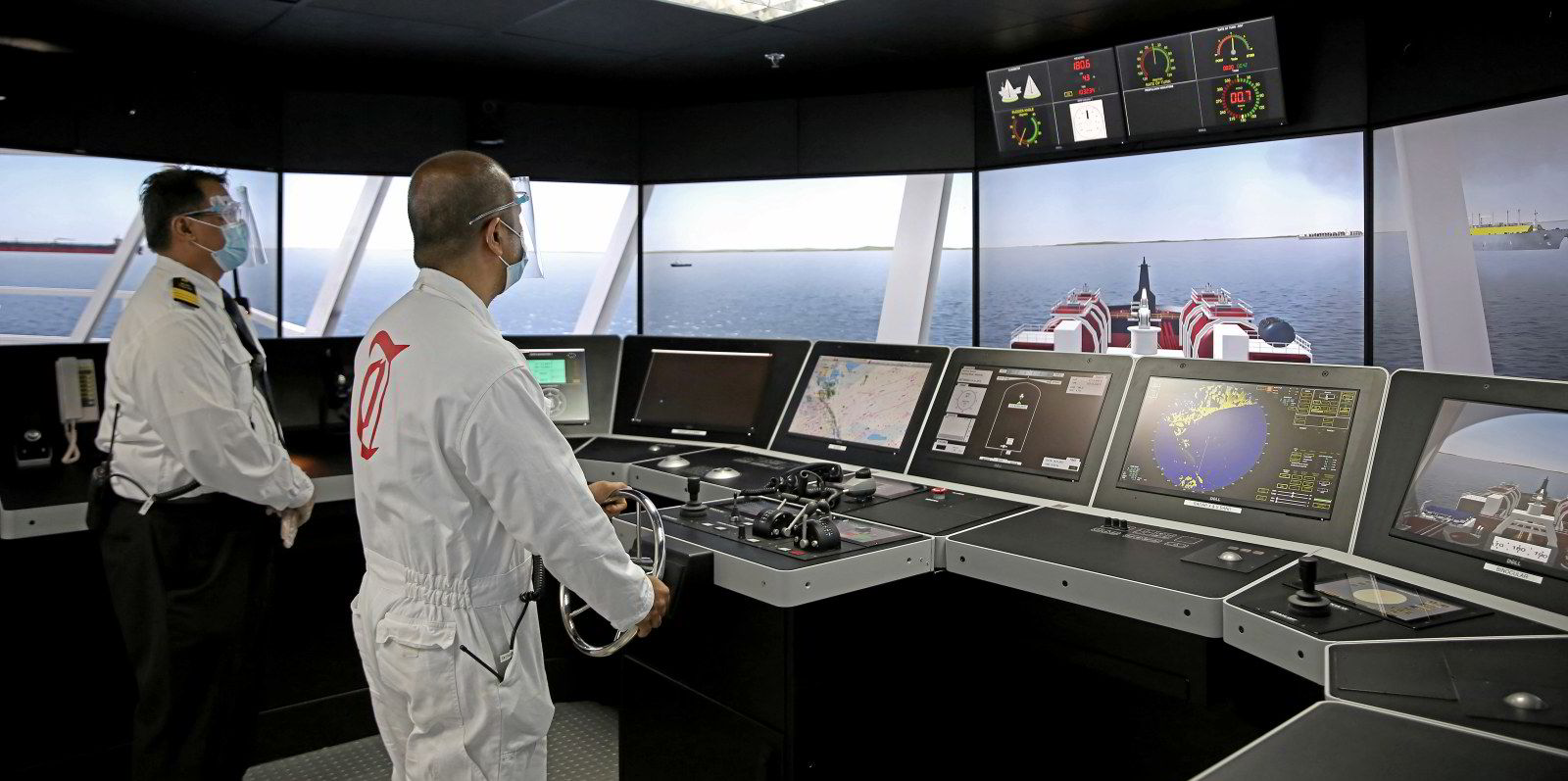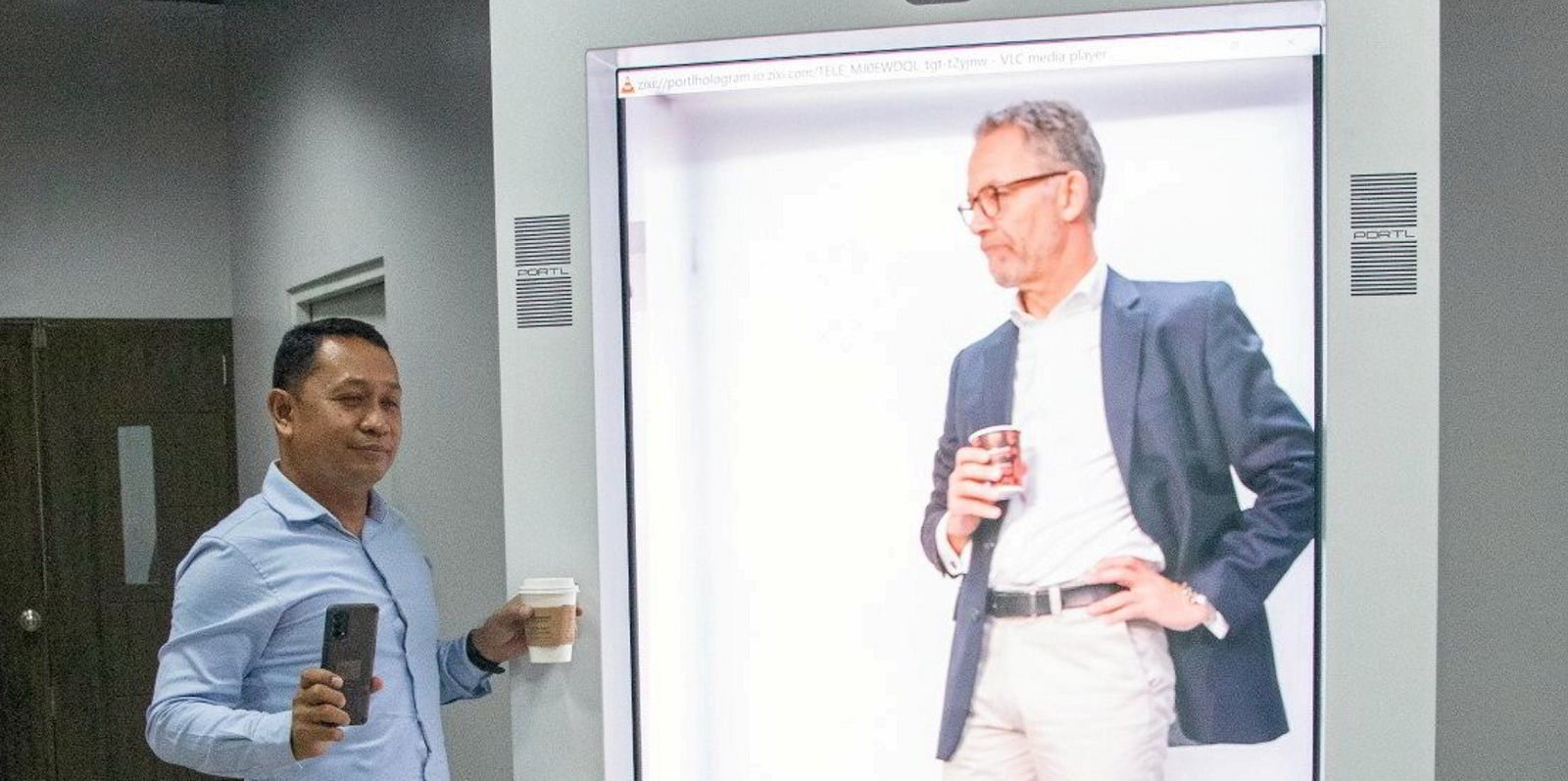Ship managers stress the need to bring people, especially seafarers, on board with digitalisation.
The process is one of creating an organisation that is data driven where key actions are influenced by the insights it provides, but Synergy Marine chief executive Rajesh Unni said: “People are the core of this digital transition.
“Typically, if you buy a new enterprise resource planning (ERP) system, you are essentially doing the same thing but with a new ERP, maybe optimising productivity to some extent.
“But it will not be useful unless you have the right people, processes and culture in place to really use it. Digitalisation is just the first step,” he said.
The value lies in how much data can be cleaned and used to drive action that improves operations, he added, “otherwise data is just binary — zeros and ones”.
Anglo-Eastern chief information officer Torbjorn Dimblad echoed the importance of the human factor.
“You can buy, build and wire up a fantastic IT technology system with all the bells and whistles that tells you this piece of equipment is running too hot or it’s vibrating too much, but it’s really what you do with that information.”
Dimblad said Anglo-Eastern had expected crews to proactively engage with the platform but found it ended up being yet another thing management was asking them to look at in an already very busy day.
“We’ve had to adjust our approach and really think about who is receiving the information and why we think it is important and they should care about this,” he said.
Wallem Group chief executive John-Kaare Aune said the important thing is to have the people who can analyse and make sense of the data.
Educating staff is more challenging than implementing a system, agreed Thome chief executive Olav Nortun, when developing an organisation attuned to digital transformation. “It’s not rocket science, but it is complicated how we use data and train people to bring them on board.”
V. Group chief information officer Stephen MacFarlane said a fundamental of its platform was a philosophy of “pervasive business intelligence”. It means data driving calls to action as part of crews’ daily tasks.
The company measures feedback on a dashboard where masters can evaluate systems.
Oyvind Stordal, Wilhelmsen Ship Management head of data and performance management, said people can feel there is too much data.
“Being able to bridge data with actions is key. We need the people to make that happen — we cannot leave it to machine learning. The combination is key for us,” he said.
Columbia Shipmanagement secured an industry first in January when it used a hologram to beam an image of president and chief executive Mark O’Neil to an audience 5,534 miles (8,900 km) away in Manila.
Chief commercial officer Andreas Hadjipetrou said Columbia is at the forefront of innovation in initiating the use of holograms for remote training.
“It helps interaction with seafarers. We have launched technical and soft skills training whereby you can see through the hologram a much more realistic approach. It’s on a different level for raising their practical awareness and interest,” he said.
But other ship managers, while interested in the concept, said it was currently too expensive and unwieldy to set up the hologram booth on ships. One described it as a massive $50,000 water-filled aquarium that has to be assembled and disassembled.






